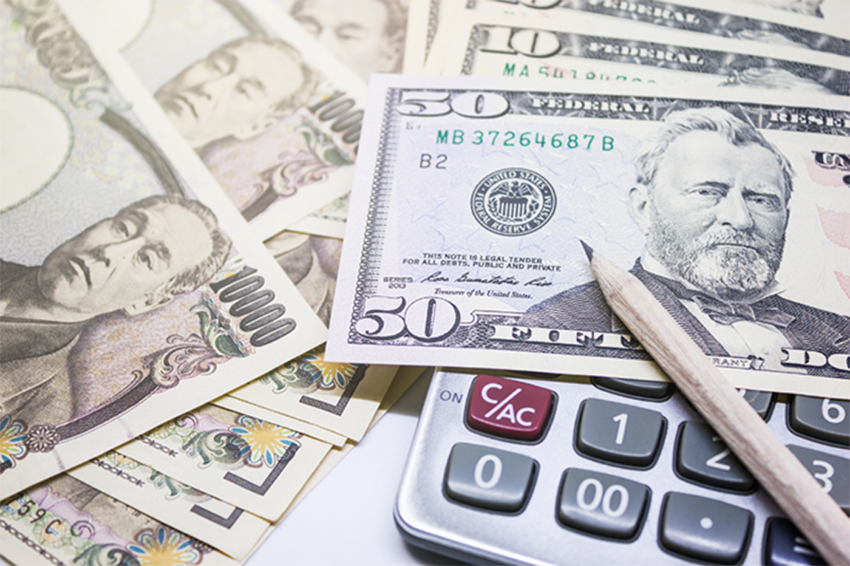この
この
ただし、
The Meaning Behind the Weak Yen
As you are aware, the current U.S. dollar to Japanese yen conversion is at US$1 = 151 yen, marking the yen’s weakest position in the past 30 years. Looking at historical data, the yen reached an all-time high of US$1 = 75.32 yen on October 31, 2011. In comparison to that period, the Japanese yen is now trading at less than half of its value in 2011.
What does this depreciation of the yen mean? It means that prices in Japan are remarkably low in comparison to historical standards. For instance, at the 100 yen store you frequent during your visits to Japan, this translates to
$0.67 (or 100 yen) per item in U.S. dollars. However, it’s important to note that this doesn't imply that prices in Japan are inherently cheap; rather, it suggests that prices in Japan give off a perception of affordability when viewing them from overseas.
Consequently, there is a current uptick in the number of foreign tourists. In 2019, approximately 32 million foreign tourists visited Japan, but due to the pandemic, the numbers dwindled to just eight million from 2020 to 2022. Nevertheless, by 2023, it has since rebounded to around 80% of its peak. Today, the presence of many foreigners is palpable wherever you go in Japan, particularly in Tokyo and Kyoto, which are popular cities among foreign tourists.
Even though foreigners can acquire accommodations, meals, and souvenirs in Japan at a discounted rate, travel expenses to Japan present a different scenario. In comparison to the pre-pandemic era, travel costs are approximately 40% higher, and they anticipate that this trend of yen depreciating over time will persist. Therefore, this could be an opportune time to contemplate importing Japanese goods or outsourcing to Japan.
sign up for the Japanese-Online Newsletter
__..-・**・-..__..-・**・-.._ あいうえお かきくけこ さしすせそ たちつてと なにぬねの はひふへほ まみむめも やいゆえよ らりるれろ わゐうゑを ん __..-・**・-..__..-・**・-.._
#JapaneseOnline #LearningJapanese #FreeJapaneseLessons #JapaneseVideoLearning #JapaneseAnime #Anime #JapaneseFood #Bloguru

